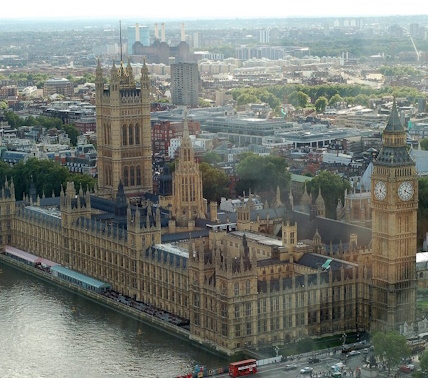
Geoengineering the climate: science, governance and uncertainty
A report which provides a detailed assessment of the various methods of geoengineering the climate…
This policy briefing presents an independent scientific review of solar radiation modification (SRM) techniques, which work by reflecting additional sunlight back into space to reduce global heating. The briefing considers the potential risks, detrimental impacts and climate benefits of their implementation at scale.
As global emissions continue to fall short of the reductions needed to limit warming to below 2°C above pre-industrial levels, interest has grown in SRM as a possible supplementary climate intervention. The briefing highlights that SRM techniques could only mask, not fix, the effects of warming caused by greenhouse gas emissions. While SRM would not address the root cause of climate change or all its associated impacts, it could, in principle, be one of several tools used to reduce climate-related risks.
Headline messages from the briefing include:
Download the full briefing (PDF)